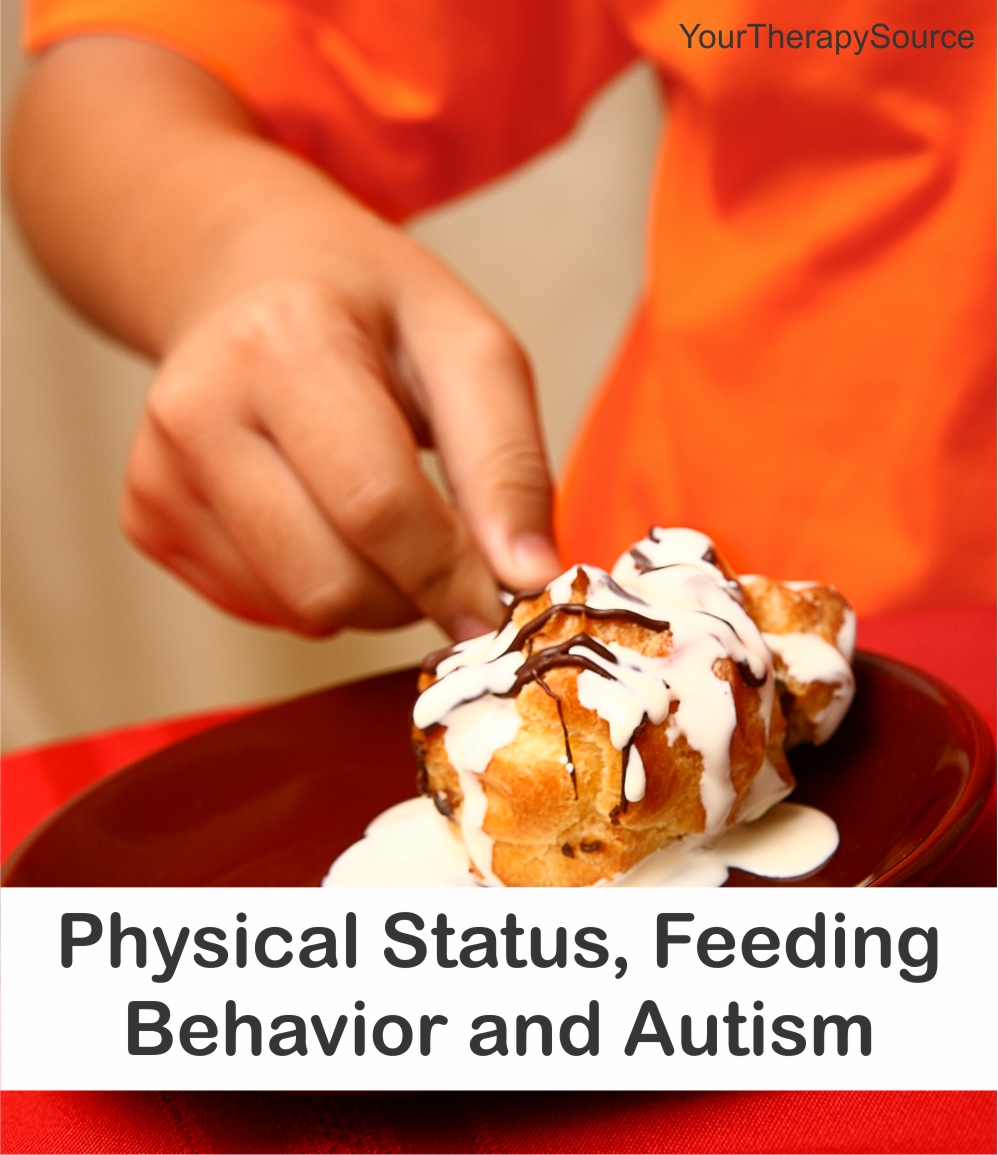Physical Status, Feeding Behavior and Autism
Recent research was published to investigate the physical status and feeding behavior among 23 children with autism, ages 5-16 years old (higher enrollment of males). A 3 day food record was collected using a parent questionnaire, the Brief Assessment of Mealtime Behavior Inventory, the Food Preference Inventory and nutrient intake. Physical status was evaluated using height, […]










